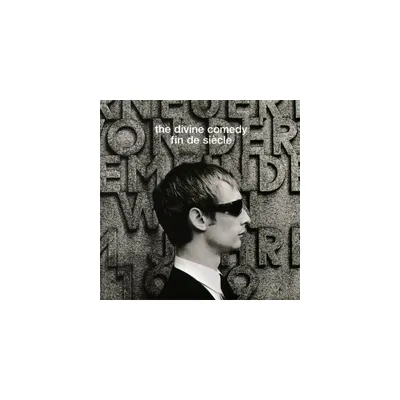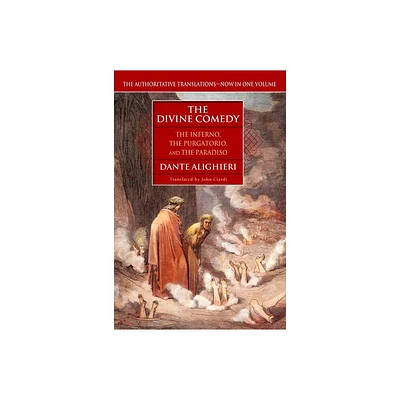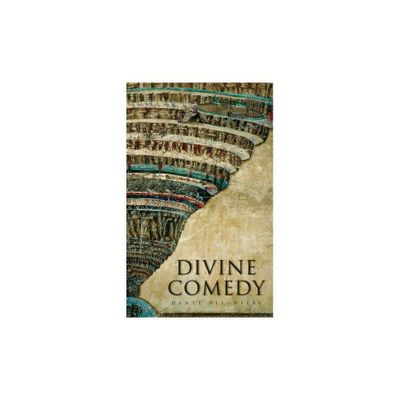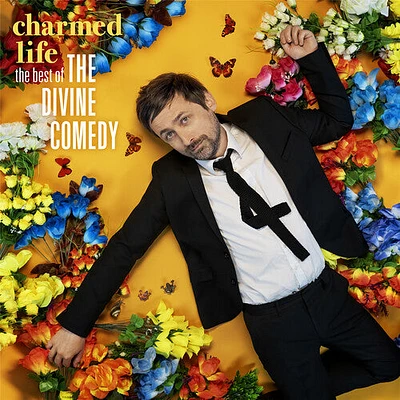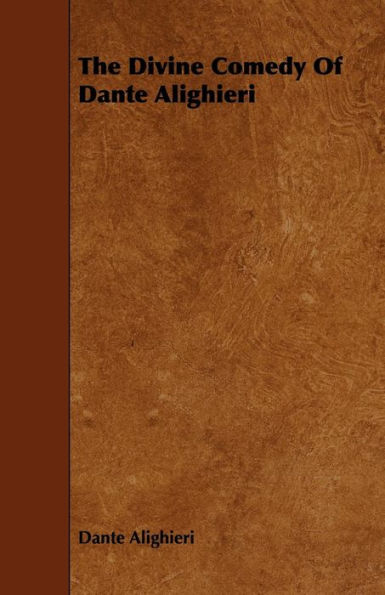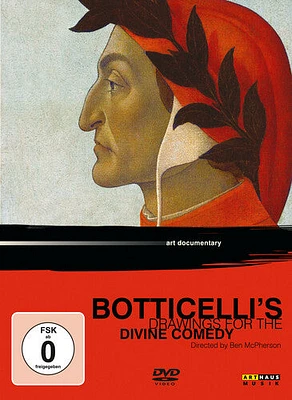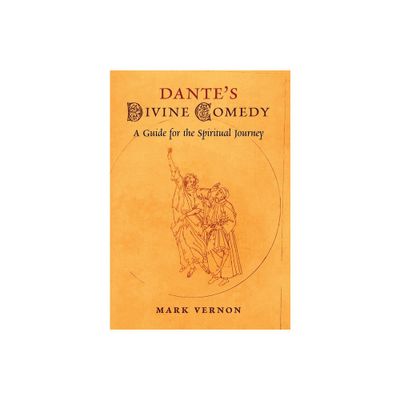Home
Design the Wax, The: Structure of Divine Comedy and Its Meaning
Loading Inventory...
Barnes and Noble
Design the Wax, The: Structure of Divine Comedy and Its Meaning
Current price: $125.00
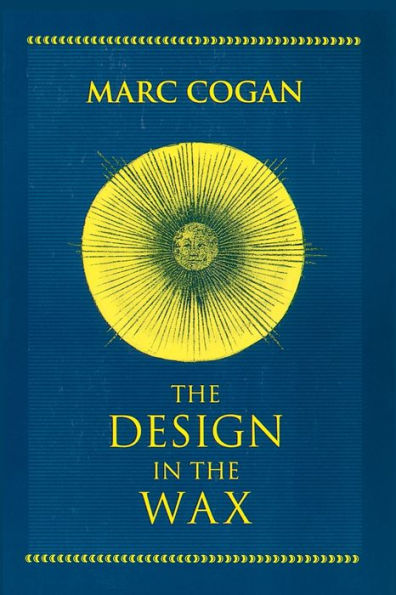

Barnes and Noble
Design the Wax, The: Structure of Divine Comedy and Its Meaning
Current price: $125.00
Loading Inventory...
Size: Hardcover
*Product Information may vary - to confirm product availability, pricing, and additional information please contact Barnes and Noble
The Design in the Wax
recovers the specifically medieval interpretation of the structure which underlies each part of the poem and the poem as a whole, and shows readers how to discover the single consistent principle which organizes each part and the overall narrative. The incidents of the poem would remain hopelessly ambiguous were it not for the philosophical and theological distinctions embodied in the structure of the narrative, in whose light it is possible to reduce the ambiguity of concrete incidents to their intended allegorical content. Through medieval interpretations of Dante's sources, Marc Cogan discovers a single consistent moral and theological principle organizing each of the sections of the poem and its overall narrative. He argues that, using one common principle, Dante brings the separate allegories of the
Inferno
,
Purgatorio
, and
Paradiso
together into one great allegory, making the transformation of the principle into an ordered set of variations on the theme of love and its representation in human beings as the image of God. This allegory, he points out, provides a meditation on the nature of God and the capacities of human beings.
is a thought-provoking tool for all students of the
Divine Comedy
interested in studying Dante's calculated use of poetry to overcome the limits of human understanding.
recovers the specifically medieval interpretation of the structure which underlies each part of the poem and the poem as a whole, and shows readers how to discover the single consistent principle which organizes each part and the overall narrative. The incidents of the poem would remain hopelessly ambiguous were it not for the philosophical and theological distinctions embodied in the structure of the narrative, in whose light it is possible to reduce the ambiguity of concrete incidents to their intended allegorical content. Through medieval interpretations of Dante's sources, Marc Cogan discovers a single consistent moral and theological principle organizing each of the sections of the poem and its overall narrative. He argues that, using one common principle, Dante brings the separate allegories of the
Inferno
,
Purgatorio
, and
Paradiso
together into one great allegory, making the transformation of the principle into an ordered set of variations on the theme of love and its representation in human beings as the image of God. This allegory, he points out, provides a meditation on the nature of God and the capacities of human beings.
is a thought-provoking tool for all students of the
Divine Comedy
interested in studying Dante's calculated use of poetry to overcome the limits of human understanding.


